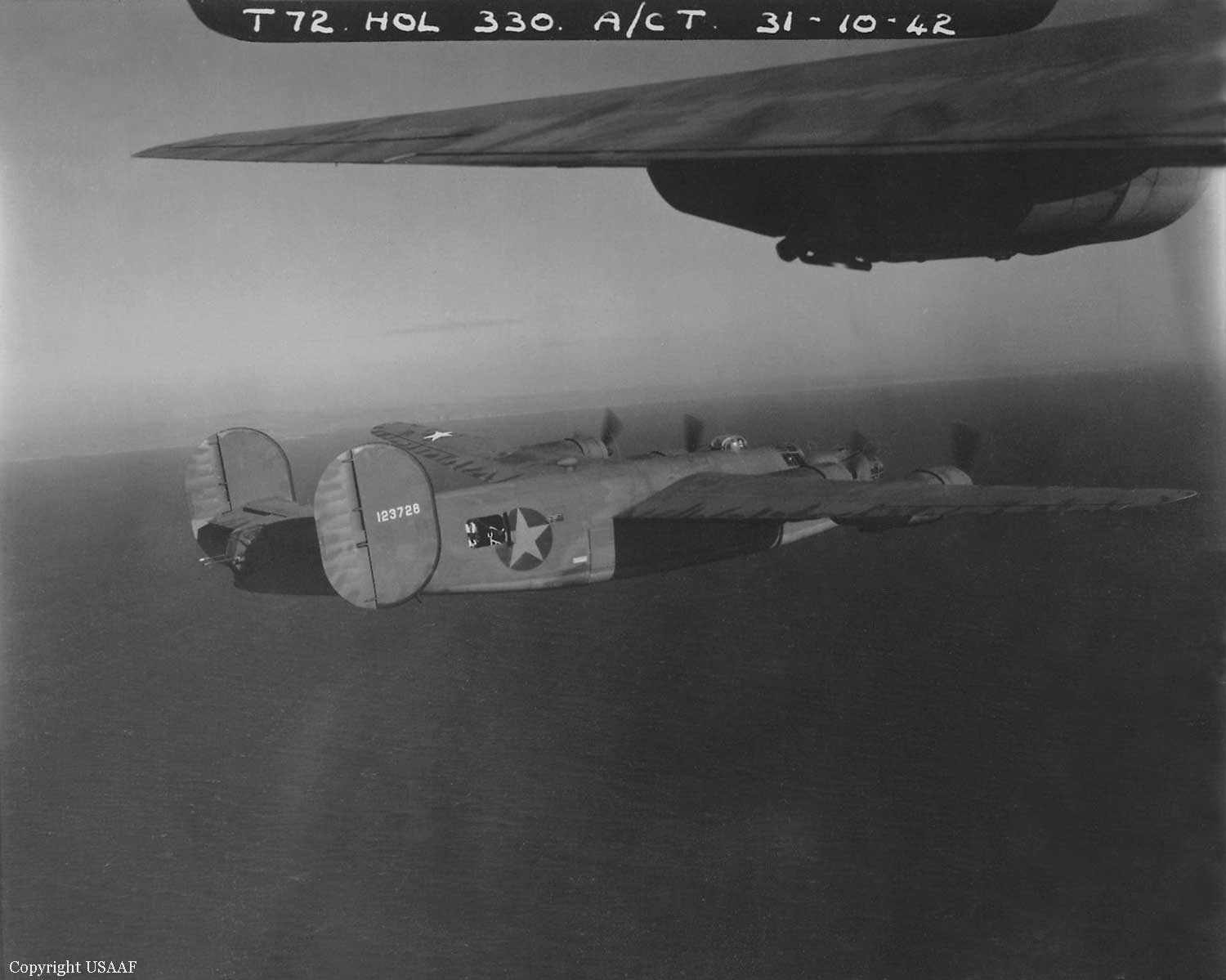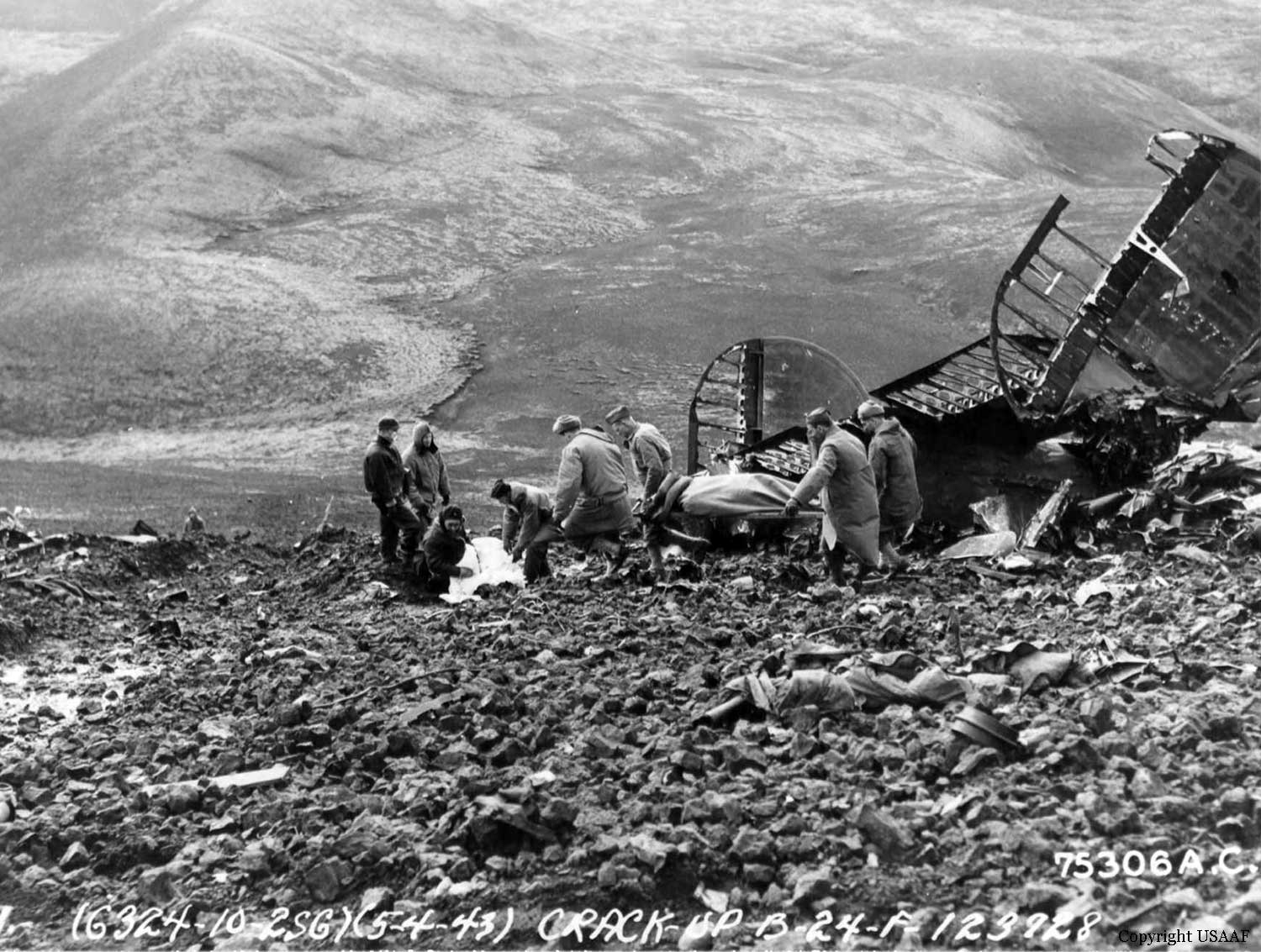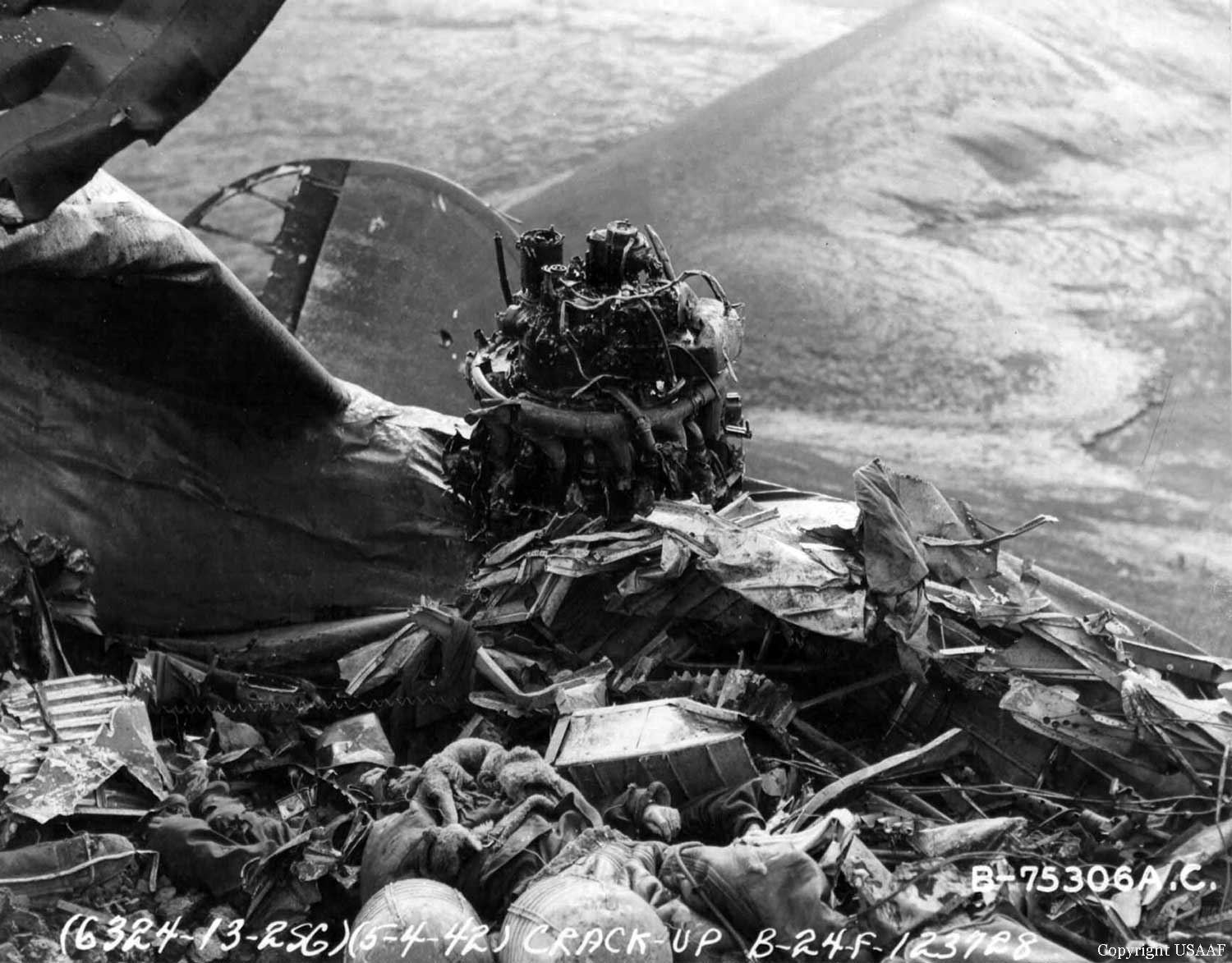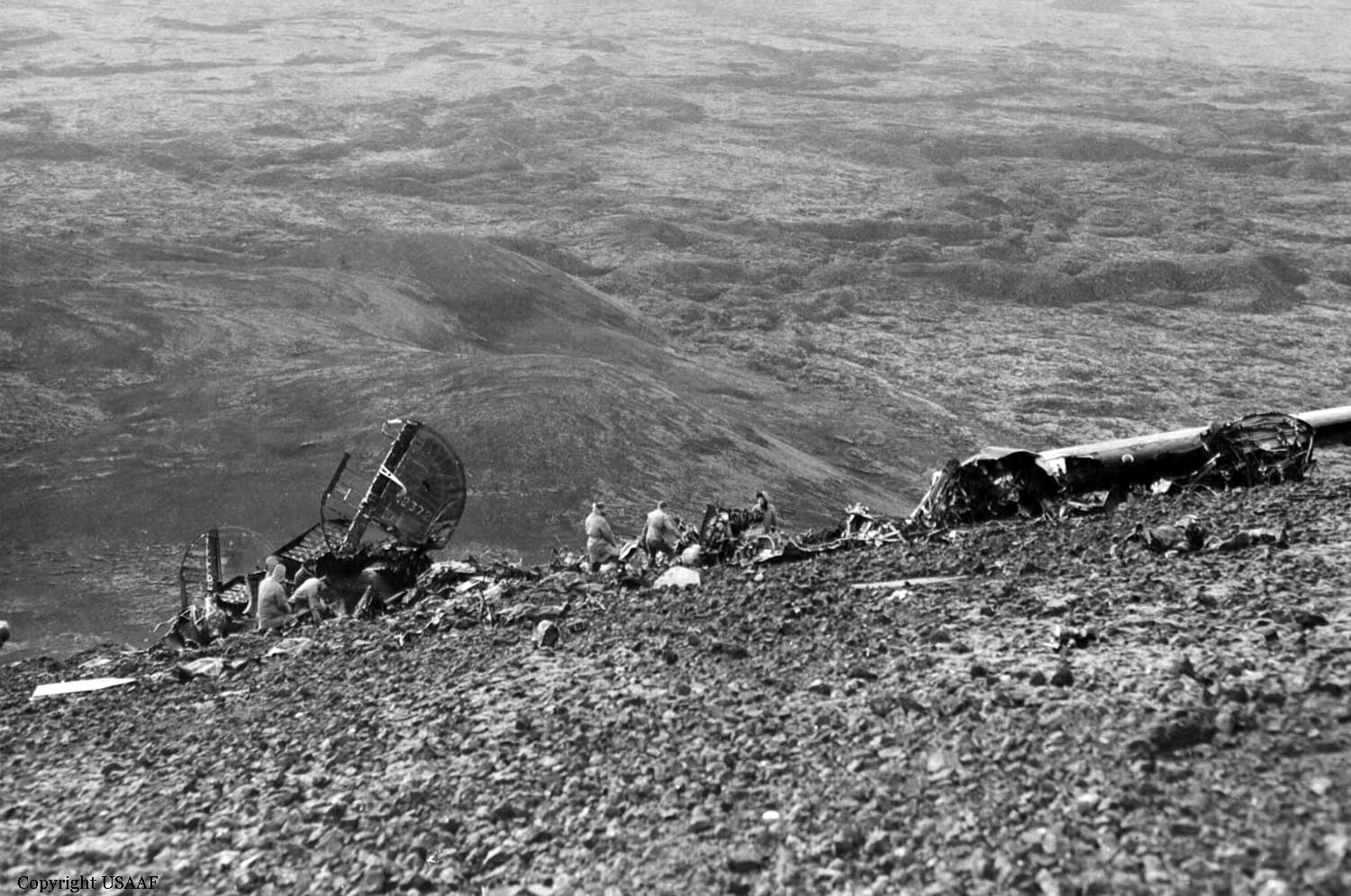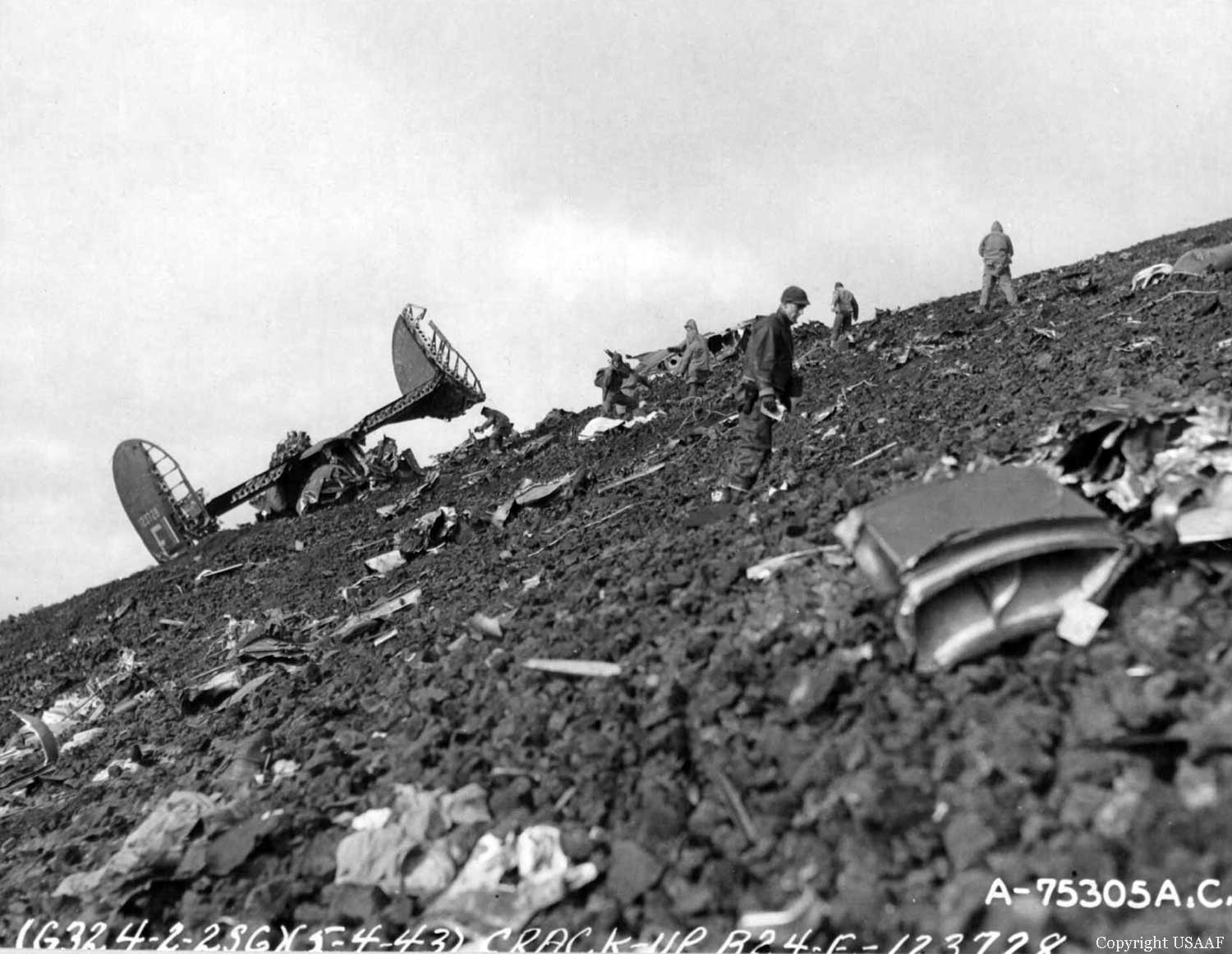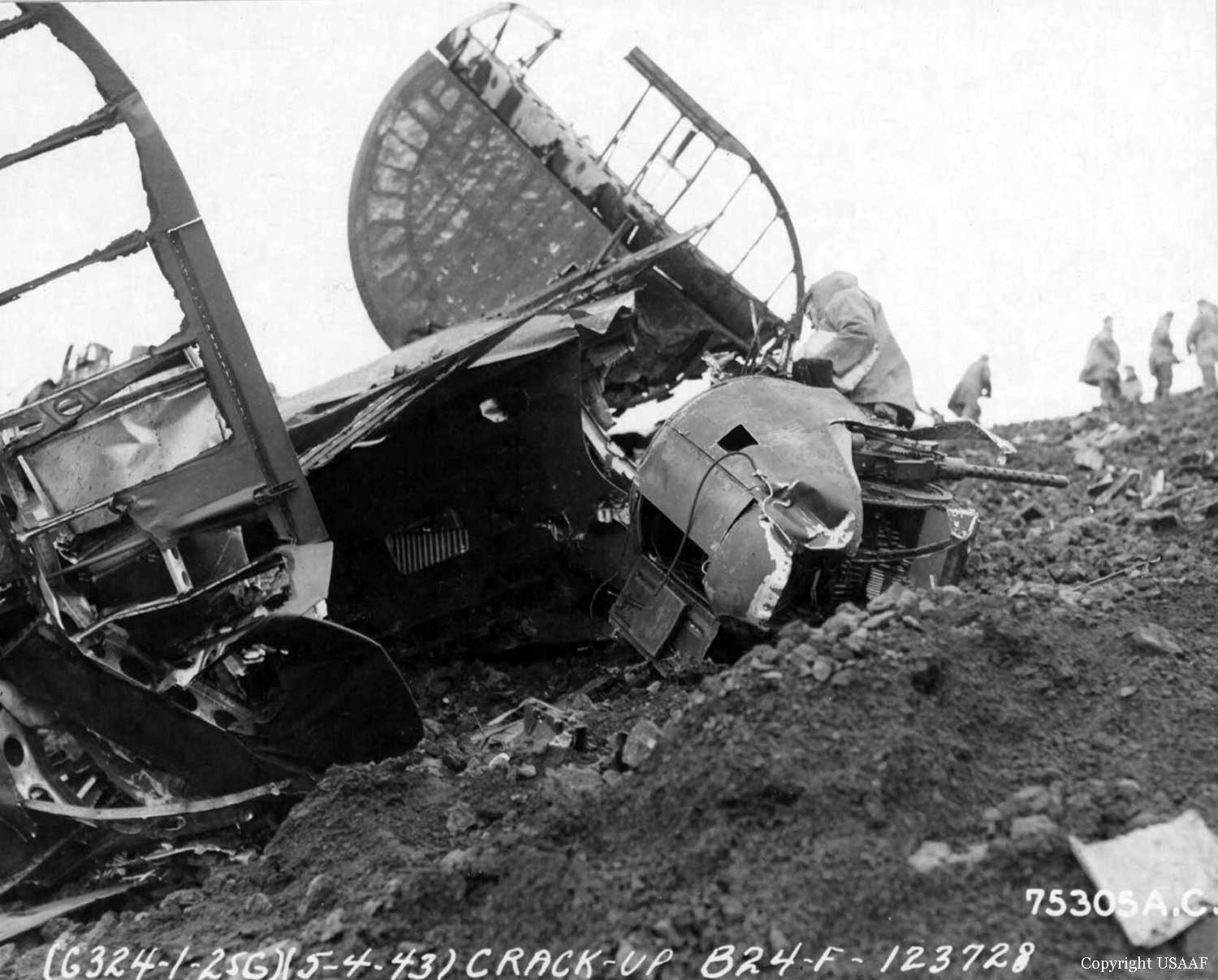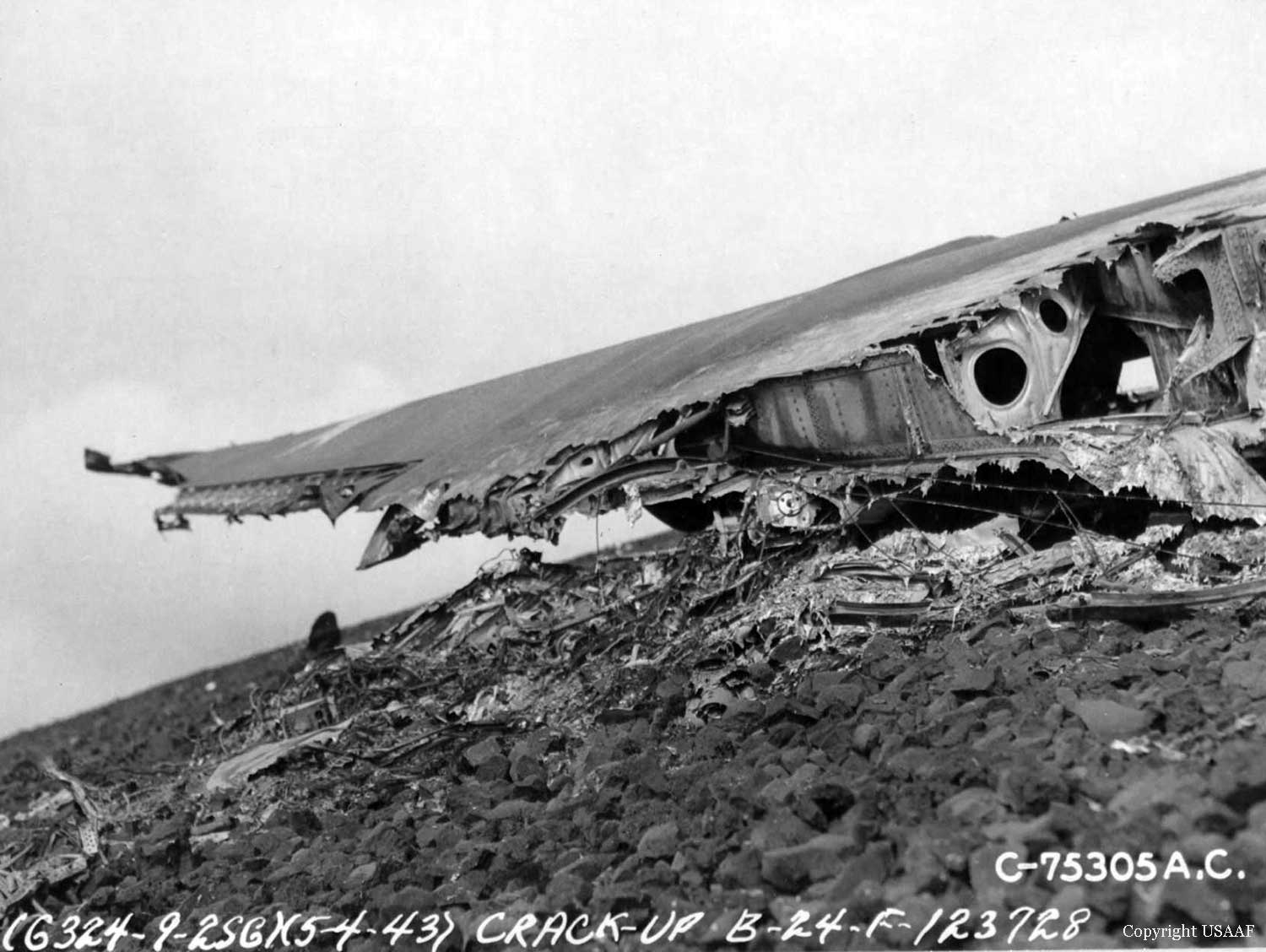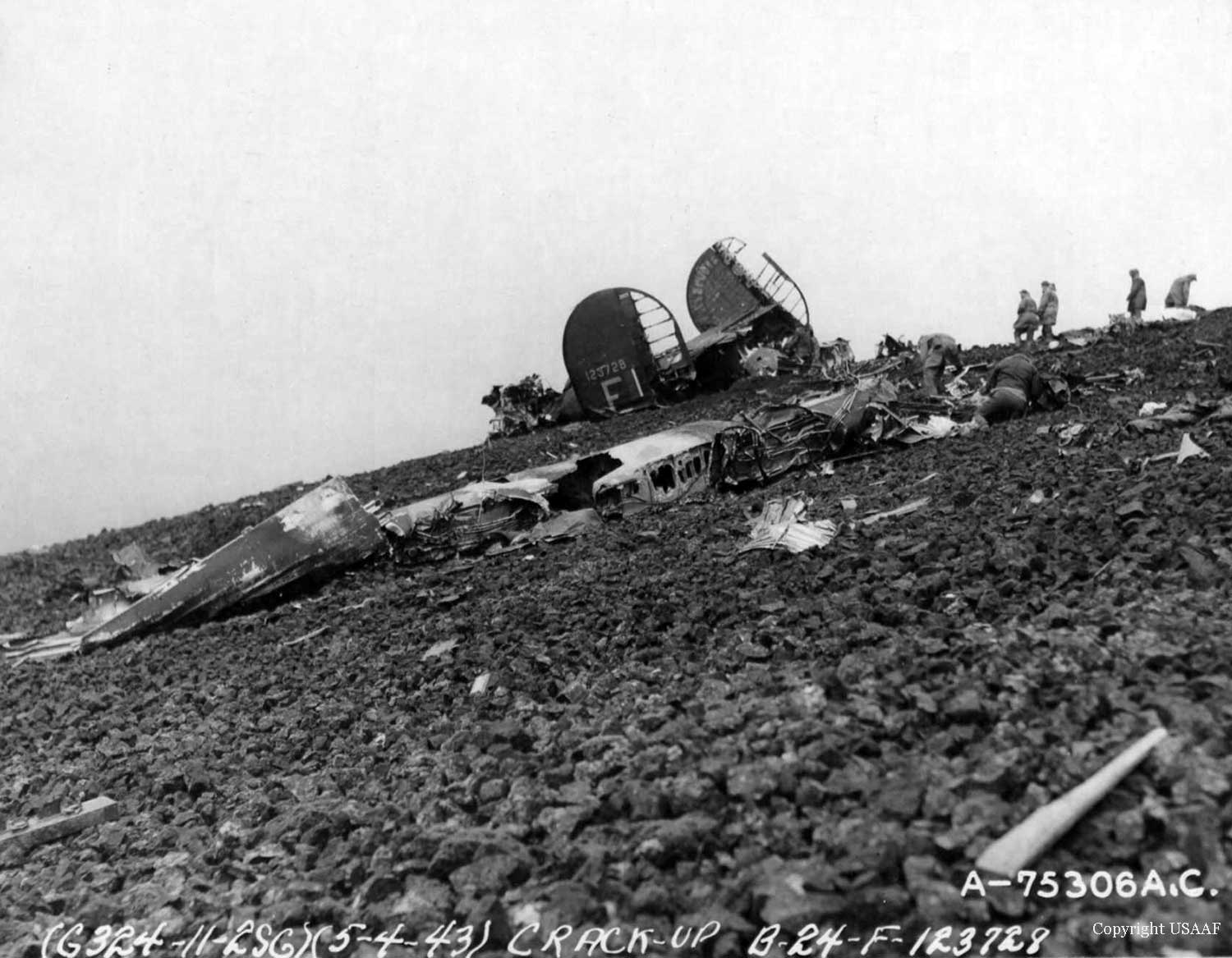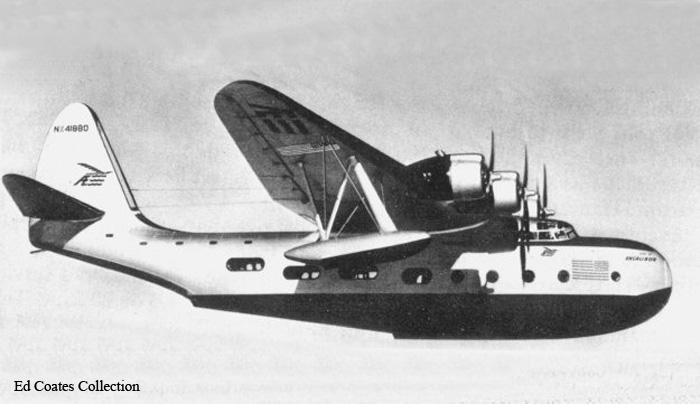Crash of a Consolidated RY-3 Privateer into the Atlantic Ocean: 15 killed
Date & Time:
Jul 4, 1945
Registration:
JT982
Survivors:
No
Schedule:
Washington DC – Montreal – Gander – Keflavik – Prestwick – Northolt
MSN:
90030
YOM:
1944
Crew on board:
4
Crew fatalities:
Pax on board:
11
Pax fatalities:
Other fatalities:
Total fatalities:
15
Circumstances:
En route, while flying over the North Atlantic, the aircraft disappeared in unknown circumstances. SAR operations were conducted but eventually suspended after two weeks as no trace of the aircraft nor the 15 occupants was found. All passengers were US, Canadian and British Officers who were flying back to the UK after taking part to a military conference in Washington DC.




